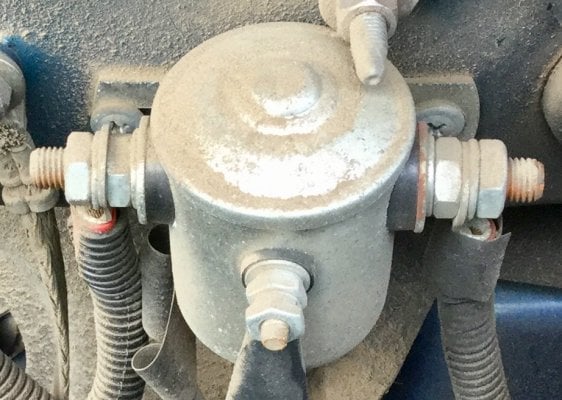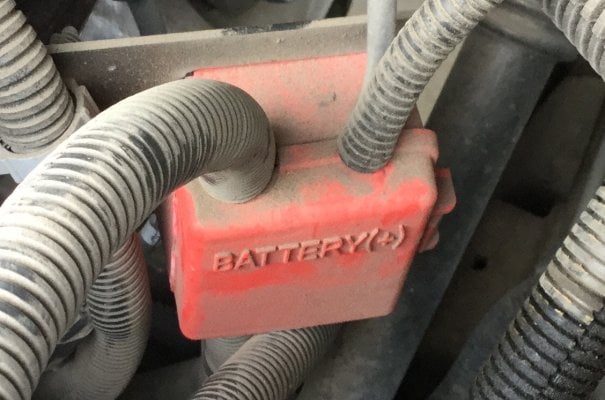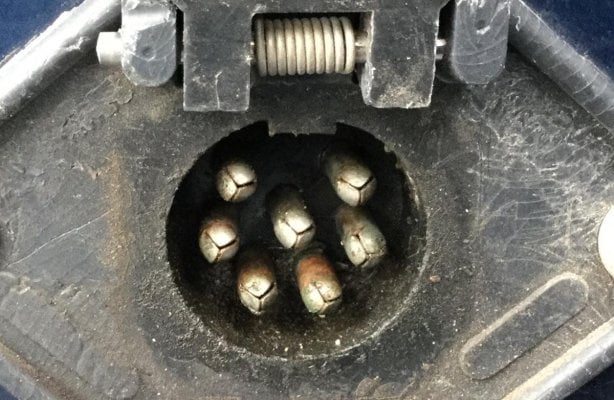Mighty Dodge Ram
Senior Member
I have a "new to me" 2002 Chevy 2500HD. It used to carry a Lance Camper. When starting the truck the first few times, I noticed an audible "clunk" coming from the firewall directly in front of the driver's position. I finally popped the hood and DUH, there's a battery isolator for the camper. And a connecting terminal attached to the alternator.
My question: unlike a National Luna "smart" solenoid where you have some control, this just seems to work in the background...I assume. How does this particular unit work? Does it block charging to the camper battery until the starting battery is fully charged? Or does it charge both simultaneously regardless of charge level and then block use of the starting battery once the vehicle is shut off? I've looked for this specific topic but my apologies in advance if my search skills are weak.
Note on the red terminal: the larger wire coming in from the left is from the "pos" side of the starting battery and the smaller wire coming from the right goes to the isolator.
My question: unlike a National Luna "smart" solenoid where you have some control, this just seems to work in the background...I assume. How does this particular unit work? Does it block charging to the camper battery until the starting battery is fully charged? Or does it charge both simultaneously regardless of charge level and then block use of the starting battery once the vehicle is shut off? I've looked for this specific topic but my apologies in advance if my search skills are weak.
Note on the red terminal: the larger wire coming in from the left is from the "pos" side of the starting battery and the smaller wire coming from the right goes to the isolator.





